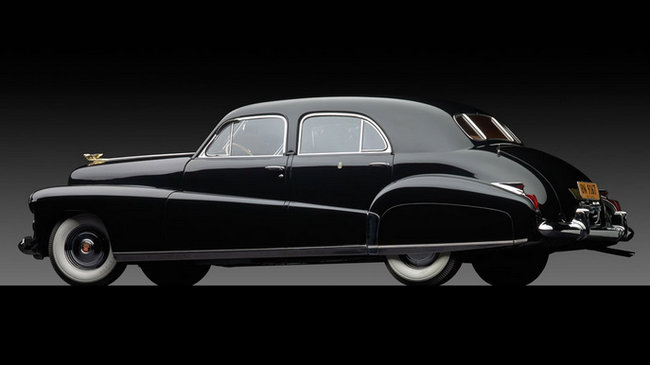For many people, the most relevant information regarding classic cars is their worth. Being able to put a price on a vehicle determines how much you’re willing to invest in restoration, exhibition, and if you’ll allow it to be driven. Resources, therefore, that quickly and accurately value classic cars are highly valuable.
They are also difficult to come by. Accurate price guides depend on having a comprehensive listing of all possible vehicle types so that prices can be evaluated whether you’re in Iowa or Miami. A quick Google search will return plenty of sources who claim to provide this, but a truly vast database is enormously difficult to pull off.
We checked out the most relevant Google listings and provided our impressions below so that you’ll have at least some direction.
Hagerty: This is an insurance company, so their price resources are a hook to turn you into a customer. They had no data on our test vehicle, a 1939 Lincoln Zephyr Convertible Coupe. In addition, they don’t even build their own data; their database is fed information by Hemmings. While Hagerty lists high on Google and looks modern, we didn’t see much to warrant their ranking.
NADA Guides: The first thing NADA does is ask for your ZIP code. This means that whatever prices you see will be adjusted for your geographic location. This site was able to return prices on our test Lincoln. They provided the original MSRP, and low, medium and high prices for it today. They also provided definitions for each of these terms. We are not entirely clear on how NADA comes up with their numbers, so don’t place too much stock in them.
Hemmings: This site is like a giant, global Craigslist just for classic cars. Therefore, they don’t provide classic car values so much as show you what cars are currently for sale. From there you’re left to extrapolate on your own how much your car is worth. If no one is selling the car you’re researching, you’re out of luck. That said, we do feel more comfortable with their data than NADA’s because at least with Hemmings you can see who is pricing the vehicle.
Beyond these three services, there are a raft of smaller companies that try to do the same. Because of their small size, however, we are skeptical of their ability to compile updated, timely data on a century’s worth of obscure vehicles. Two things we recommend avoiding:
1) Beware of printed guides
Hagerty offers physical, hard copies that are printed three times per year. We’re sure that other places also offer a printed guide that you can take in hand to car shows. However, at best these give you a snapshot of what a vehicle was worth at a given moment in time, which was probably ascertained several months before the magazine was even printed. You also have to wonder where that number came from. For these reasons, we favor prices in real time, although historical prices could be helpful if they showed a pattern over time.
2) Subscription services
Unless the source has the clout to back up their claim of being a comprehensive, constantly updated and thoroughly vetted national database of classic car values, we can’t see the merit in paying a subscription fee.
Conclusion
The value of a classic car depends on its condition, retention of original parts, aesthetic and sentimental appeals, and its rarity. In short, valuing a classic car is an inherently difficult proposition, almost impossibly so. The good news, however, is all that uncertainty also means that you can find a gem and pay peanuts for it. And if you can’t afford the one you want, you can switch targets and find something different. Best of luck.




